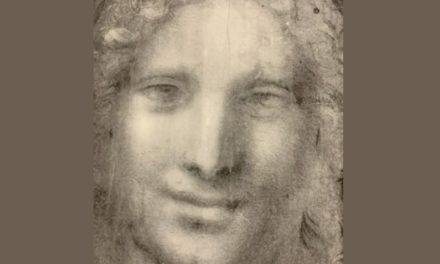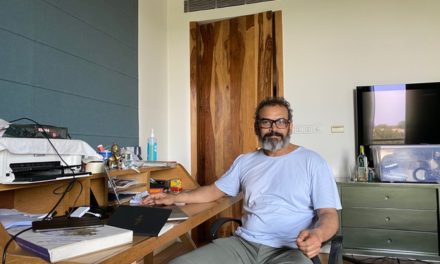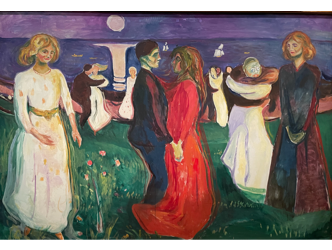Edgar Degas (1834-1917), a major artist from the dawn of modernism, both as a painter and a sculptor, died exactly 100 years ago this year.
A hundred years is how long it took for a forgotten box containing 55 unseen drawings by this exceptional artist to appear on the market.
The precious drawings will be auctioned by Christie’s in Paris on 23 March with an overall estimate at a fairly conservative 1 million euros.
The haul represents a small piece of art history. These sketches were kept by Degas for the length of his career – indeed the artist, as a rule, found it very hard to part with his works.
Upon his death, they became the property of his brother René de Gas, and then his daughter who lived in Aix-en-Provence. When she died, all her possessions were donated to the charity association Emmaus, except for this box which was recovered in extremis at the bottom of a wardrobe by the five grandchildren of Degas’s brother.
In 2006, at Christie’s in Paris, the grandchildren auctioned off items belonging to the painter for 7.5 million euros.
One of the grandchildren, Marielle Barde, explains: ‘We were unsure whether to hold on to these precious drawings. They are made to be seen. The centenary of Degas’s death presents an excellent occasion to unveil them.’
The majority of the drawings being auctioned on 23 March are from his early years, 1855-1865, when he was still learning ‘the trade’ by copying past masters.
Like the greats of the Renaissance, he mastered the science of creating forms out of the shadows on the paper.
Not every lot on sale is a masterpiece: some are little more than vague ideas, exercises hurriedly put down on paper, while others are high polished and exceptionally lovely.
It’s known that in 1853 Degas enrolled as a copyist at the Louvre. He also travelled across Italy.
Jeanne Fevre, his niece, would write: ‘From his travels on the Peninsula, his whole life would be illuminated. On the walls of his studio you could see rough drawings, sketches of the great masters who adorn the churches, the palaces and the museums there.’ (1)
In 1890, the artist declared: ‘No art is as unspontaneous as mine. What I do is the result of careful consideration and studies of the great masters.’
The expert for the sale, Anika Guntrum, underlines how these drawings reveal the impact of those initial years of study on his entire career as an artist.
One of the most striking works going under the hammer is a drawing of seated male nude on one side, with the Mona Lisa’s face in pencil on the reverse (estimate: 25,000 euros).
In the same vein, the face of Leonardo da Vinci’s angelic John the Baptist, hanging in the Louvre, inspired Degas to produce a double sketch in graphite estimated at 50,000 euros.
The artist was a master in the treatment of movement. The proof lies in his drawing of the sculpture of the gladiator in the Louvre seen from behind, a work in walnut ink on paper (estimate: 25,000 euros).
Edgar Degas obviously also studied Rembrandt and he was a collector of etchings.
One of his drawings of women at the washhouse uses this technique of the master of the Dutch Golden Age, executing his scene using to an infinitude of fine lines that here again play with shadows (estimate: 15,000 euros).
All the drawings in the auction on 23 March are in black and white. The record prices paid for Edgar Degas’ works on paper was for his famous coloured pastels.
Among the highest sellers at auction, nevertheless, are a self-portrait in pen completed when he was 21, which was bought for 669,000 euros in 2014, and a female nude in charcoal with the Degas studio stamp, like the majority of drawings at Christie’s, which fetched 493,000 euros in 2006.
One suspects that with the majority of the estimates so low and the provenance excellent, prices for the finest sketches by this art legend should scale dramatically.
(1) Mon oncle Degas. Editions Pierre Cailler. Geneve 1949.
Donating=Supporting

Support independent news on art.
Your contribution : Make a monthly commitment to support JB Reports or a one off contribution as and when you feel like it. Choose the option that suits you best.
Need to cancel a recurring donation? Please go here.
The donation is considered to be a subscription for a fee set by the donor and for a duration also set by the donor.










